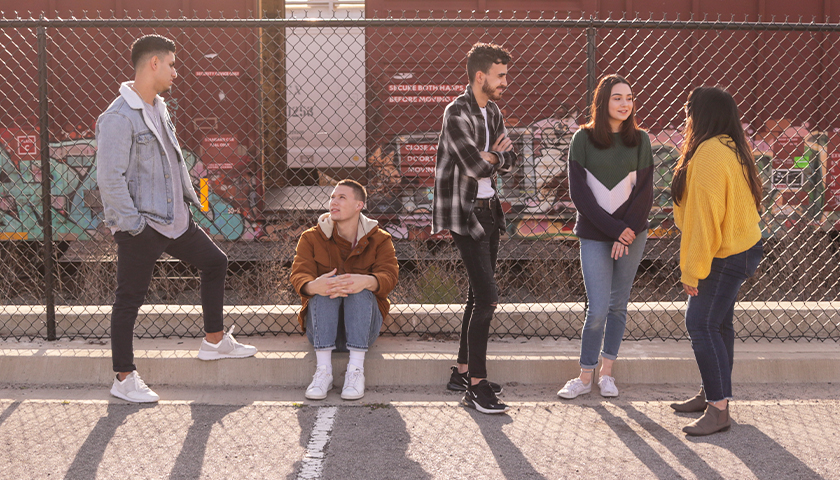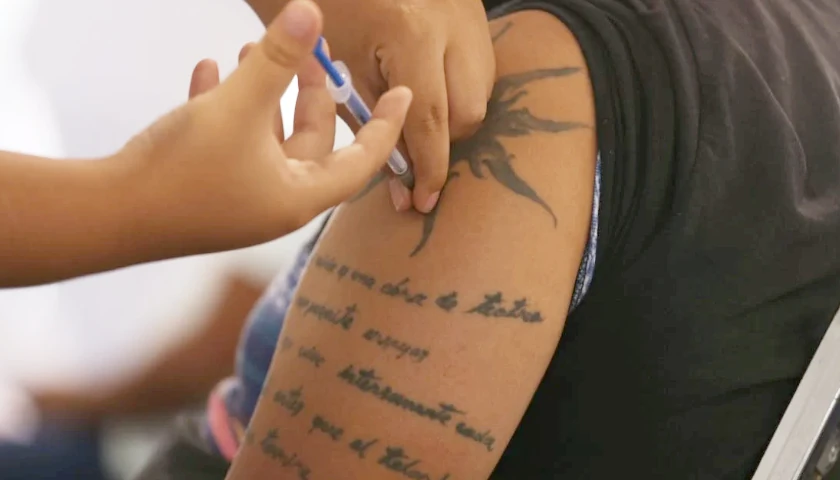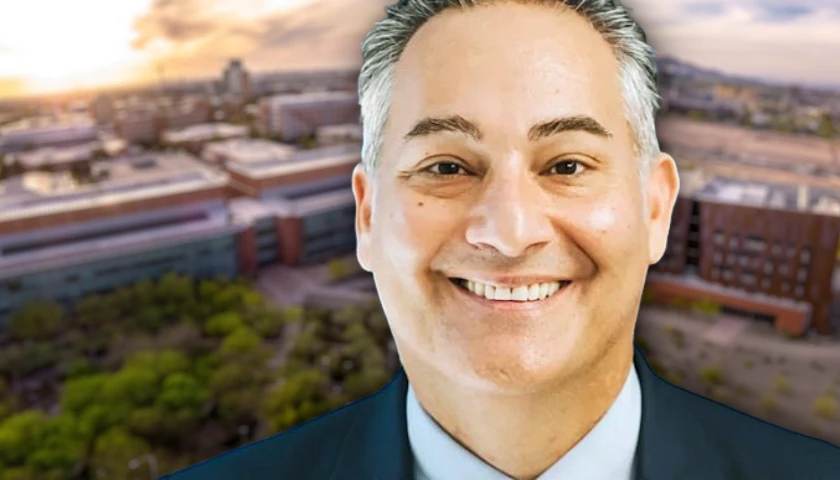Last week, the Florida Department of Juvenile Justice (DJJ) announced Florida’s juvenile arrests reached a 46-year low. Specifically, the arrest rate is down 51 percent in the last five years. The DJJ praised the findings and the work of Florida Gov. Ron DeSantis (R) and First Lady Casey DeSantis for their efforts and expanding access to opportunities to Florida’s youth.
“The accomplishments achieved this year by DJJ, our providers, our law enforcement partners, and community partners demonstrate our shared commitment to enhancing Florida’s juvenile justice system,” said DJJ Secretary Eric Hall. “Through the leadership and dedication of Governor Ron DeSantis and First Lady Casey DeSantis, DJJ will continue to improve the services we provide to Florida’s youth at every level of the system to ensure stronger families and safer communities.”
According to data from the U.S. Department of Justice’s (DOJ) Office of Juvenile Justice and Delinquency Prevention, the arrest rate of juveniles has also declined nationally, at a similarly significant rate.
“The juvenile arrest rate for all offenses reached its highest level in 1996, and then declined 75% by 2019,” the data reads.
According to the DOJ, the peak in 1996 reached more than 750,000 juvenile arrests, and the most recent national data, in 2019, shows the same metric dropping to less than 250,000 juvenile arrests.
The same data broken down by sex shows that the male arrest rate is now close to the same level as the female rate. Overall, the female rate remained steady over the last 30 years, but such a significant drop in male arrests has both sexes near an average of approximately 250,000 arrests per year.
Similarly, the National Center for Juvenile Justice (NCJJ) released a report in 2015 which found juvenile arrests for violent crime nationally dropped to a 30-year low. The report speculates that there may be an increased attention to getting help for juveniles before they end up in the system, but experts also say it could be possible there was “something weird” going on between the 1980s and 2000s leading to the spike and that the current rate is a more “normal state.”
However, some experts say the reasons for the decline are unclear.
“Nobody knows why this occurred,” said Mike Males, a senior research fellow with the Center on Juvenile and Criminal Justice, speaking to the San Francisco Chronicle. “[The downward trend happened] almost regardless of what local, state or national policies were adopted.”
– – –
Grant Holcomb is a reporter at the Florida Capital Star and the Star News Network. Follow Grant on Twitter and direct message tips.






